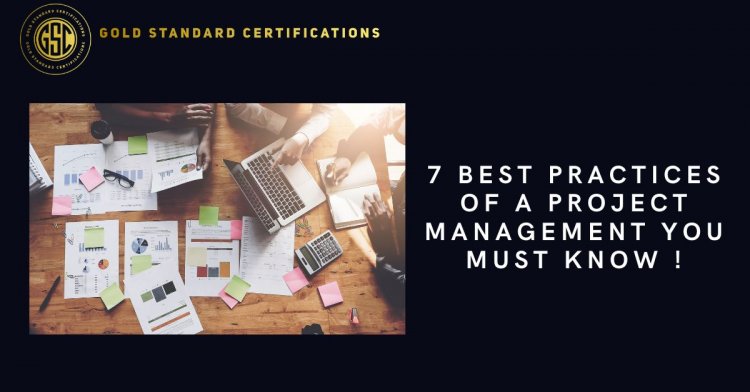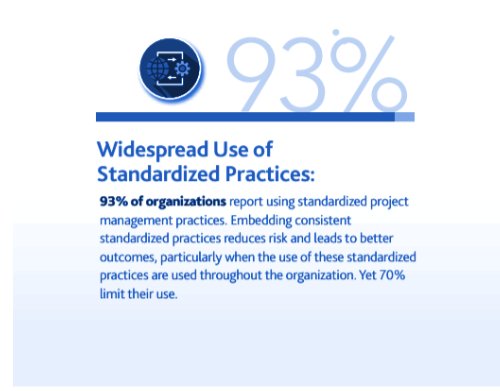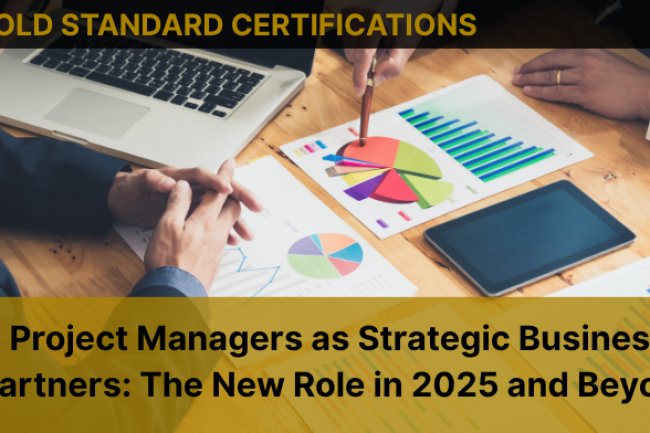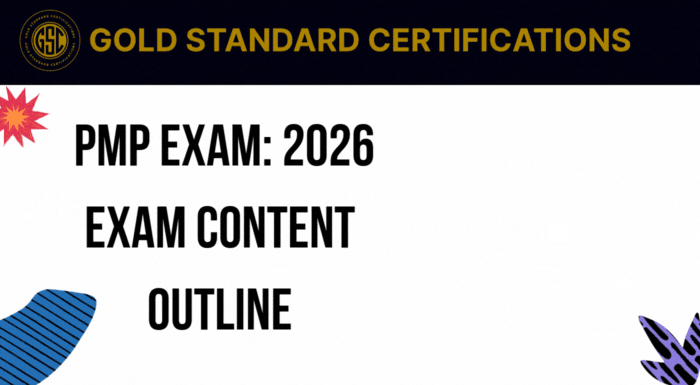7 Best Practices of a Project Management you Must Know !
How do you define a successful project? Generally, a project is successful when it meets the project. Objectives within the planned budget and time. To make a project successful, the industry best practices are adopted which are derived from the organization’s guidelines, various project. management methodologies, international standards, industry conventions, etc. There are many. challenges involved in making the project successful. Project Managers adopt industry best practices.to minimize and mitigate the risks involved in the projects.

The success and failure of the project are highly dependent on efficient project management practices.
Did you know? Implementing project management best practices is the only way to the smooth sailing of the project. According to TeamStage ,
Organisation that undervalue project management see 50% more of their project failing
Also,58% of organizations fully understand the value of implementing project management to achieve
better performance. This means that 42% of companies undervalue the importance of project
management as a crucial component for project success
According to PMI’s Pulse of Profession,

- The 7 project management best practices for project managers are:
Define clear scope and objectives
Develop a project brief/ project charter
Create Resource plan
Effective communication
Create a risk-responsive team
Keep track and document
Practice empathy
Let’s get into the details of the above-mentioned best practices:
1. Define clear scope and objectives
Generally, a project starts with an idea. It is always a best practice to understand the project's scope.
Defining a clear scope and objectives is the first step to making all the stakeholders understand the
project.
In any new project, establishing the project scope involves organizing the thought process that
includes
● Project goals and objectives
● Scope descriptions
● Project deliverables
● Assumptions
● Exclusions
● Standards of performance and
● Project constraints
The scope statement should be communicated to all the stakeholders to create a project framework.
2. Develop a project brief/ project charter
The Project brief is a concise document that provides an overview of the project. A Project brief, also
known as a project charter streamlines the project process and helps understand the overall project.
Project charter involves,
● Name of project
● Client
● Project Overview
● SMART objectives: Specific, Measurable, Acceptable, Realistic, Time-based
● Scope
● Deliverables
● Milestones
● Success metrics
● Budget, timeline, resources
3. Create a resource plan
One of the primary project management best practices is to identify, develop and formalize the
resources. Every project has limited resources. The critical role of the project manager is to utilize
the available resources to meet the project goals.
Project managers create a resource plan which includes,
● Identifying resources
● Resource allocation
● Resource forecasting
● Resource leveling
● Resource breakdown structure
● Resource calendar
Creating an effective resource plan enhances the ability to foresee potential roadblocks, provides
visibility and transparency and balances the team workload. It helps in deciding the overall budget of
the project.
An effective resource plan helps in completing the project within the allocated budget.
4. Effective communication
In any industry or project, communication is the key. There are many stakeholders involved in the
project. Effective and clear communication among the stakeholders, team members, and clients can
enhance productivity and prevent the risks involved in the project.
Mainly, the PMBOK® Guide outlines three types of communication methods there are practiced in
project management:
● Interactive communication
● Pull communication
● Push communication
Interactive communication includes,
● Face-to-face meetings
● Phone conversations
● Video conferencing through platforms, such as Zoom and Teams
Push communication includes,
● Emails
● Project newsletters
● Project documentation
Pull communication includes,
● Project website or landing page
● Project knowledge base
● Project management software
5. Create a risk-responsive team
Risks are an inevitable part of the project. In any project, risks can be mitigated to an extent but they
can never be avoided entirely. Hence, risk management practices are highly beneficial and the best
project manager practice. Creating a risk-responsive team can help in mitigating the risks Ris-
responsive team involves experienced members with knowledge of the entire project and access to
plan, monitor, and control the risk.
The risk-responsive team prepares themselves for the worst-case scenarios of the project. There are
two types of risk involved in any project.
● Negative Risks (Threats)
● Positive Risks (Opportunities)
Risk Responsive strategies are made based on the threats and opportunities:
A negative risk response strategy involves:
● Avoid
● Mitigate
● Transfer
● Accept
A positive risk response strategy involves:
● Exploit
● Enhance
● Share
When the risk is both negative and positive,
● Accept
● Escalate
6. Keep track and ensure documentation
Keeping track of the project and monitoring is one of the key tasks of a project manager. Monitoring
is one of the most impactful practices carried out throughout the project life cycle. Regular check-in
and monitoring create a sense of accountability and shared responsibility between team members
and managers. Track everything related to the project,
● Track KPIs
● Check scope creep
● Check variances and take corrective action
● Check quality assurance
● Manage risk
Documentation is also an important aspect of project management. Documentation is consolidating
all project-related information. This includes,
● Tools, templates, and project-related software
● Project schedules and budgets
● Past project information, especially lessons learned from project post-mortems
● Collaboration forums/chat groups
● RACI matrix (listing who’s Responsible, Accountable, Consulted, and Informed for each task)
● Risks and issues log
● Change requests
● Project schedule
● Project expenses
● Retrospective log
7. Practice Empathy
Empathy is one of the most impactful projects management practices. Practicing empathy will help
you to understand your resources efficiently and the true impact of your work. Empathy brings the
best out of your resources, clients, and end users. Empathizing is understanding their challenges,
problems, and their needs.
Practicing empathy does not require any set of rules or regulations. Empathizing creates a safe
boundary with everyone associated with the project.
● Understand your team-mates and their individual characteristic
● Have a bonding with them
● Have strong network
● Do not let them down in front of upper management
● Do not set unrealistic milestones
● Motivate them
● Celebrate small victories
● Recognize and reward
NOTE:
Project management best practices are crucial for every organization.There are many other project management practices that are not mentioned above. You might be practicing some of the above-mentioned practices and some might not align with your organization’s goal. Project management practices are also executed with the help of project management software and tools. Project success is in your hand! Know more about management practices by enrolling in Gold Standard Certification’s project Project Management Professional training and certification.
Contact us at [email protected] or call us at
+1 281-394-1224














